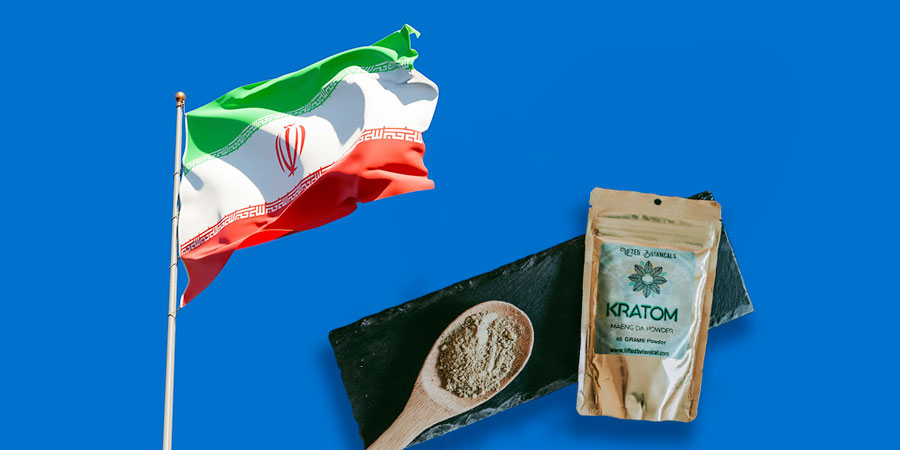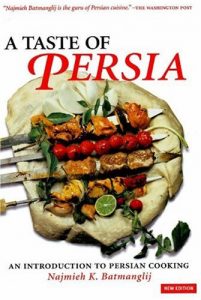Kratom is gaining traction in the global health and wellness sector, with Persian communities showing growing interest. Traditionally used in its native regions for its various properties, Kratom’s leaves have been consumed for centuries.
Now, the Western world, including Persian health enthusiasts, is catching on. The interest revolves around its potential for pain relief, mood enhancement, and energy-boosting properties. Happy Go Leafy launched Kratom, offering a diverse range of strains to cater to different preferences and needs, further fueling the enthusiasm for this ancient botanical remedy.
However, the plant’s popularity is not without controversy, mainly due to the lack of extensive clinical trials and its complex legal status in various countries. That’s what we’re going to explore here.
Potential Benefits in Persian Health and Wellness
In Persian health practices, which value natural and herbal remedies, Kratom could be the next significant addition. It is believed to have analgesic properties, which could be beneficial for those dealing with chronic pain.
This is particularly relevant in cultures where traditional medicine is favored for its minimal side effects compared to synthetic pharmaceuticals.
Its alkaloids, mitragynine, and 7-hydroxymitragynine, interact with opioid receptors in the brain, leading to pain relief, albeit without the same risk of dependency as classical opioids.
Energy enhancement is another aspect where Kratom could shine. Unlike the stimulating effects of caffeine, which can lead to jitters or a crash, Kratom users report a more sustained energy boost. This is especially appealing in the fast-paced modern lifestyle, where sustained mental clarity and physical energy are in high demand.
Persian wellness practices that prioritize balance and sustained health could integrate Kratom as a tool for maintaining energy levels through long working hours or rigorous daily tasks.
Additionally, Kratom is being explored for its potential mood-enhancing effects. The Persian community, like many others, recognizes the impact of mental well-being on overall health.
Kratom might provide a natural way to elevate mood and combat the symptoms of anxiety and depression. While it is not a cure for mental health conditions, its use could be a complementary approach to managing mood disorders.
Incorporation in Persian Health Routines
But how might Kratom be incorporated into Persian health and wellness routines?
Its use could parallel that of other herbal supplements that are commonplace in Persian medicine, such as saffron or turmeric. Kratom could be consumed as a tea, which aligns with the Persian tradition of herbal tea consumption.
This method is not only culturally harmonious but also allows for a controlled and enjoyable intake.
Another potential application is in the form of capsules or extracts, which can be integrated into daily supplement routines. For those seeking the benefits without the distinct taste, this method is efficient and discreet, lending itself well to modern lifestyles.
Quality and Sourcing Concerns
The growth of Kratom’s popularity brings forth the importance of quality and sourcing. Persians are known for their discerning taste in high-quality natural products, and Kratom is no exception.
Ensuring that the Kratom is sourced ethically and is of the highest quality is paramount. Organic and sustainably sourced Kratom is likely to be more appealing, aligning with the global trend towards environmentally friendly products.
The Persian market will demand transparency in the supply chain, from the cultivation of Kratom to its processing and distribution. Vendors who provide lab-tested Kratom, proving it’s free from contaminants and adulterants, will be more trusted and likely to succeed in the Persian health and wellness community.

Legal and Ethical Considerations
It’s crucial to discuss the legal and ethical considerations of Kratom use. Kratom’s legal status varies widely around the world.
In some countries, it’s entirely legal, while others have banned it. In regions where it is legal, there are often strict regulations governing its sale and consumption. For Kratom to become a mainstay in Persian health and wellness, it would need to be accepted not just culturally and medically but also legally.
Vendors and users alike must stay informed of the legal landscape to ensure compliance with local laws.
Future Prospects
Looking forward, the role of Kratom in Persian health and wellness hinges on several factors. Continued research into its effects and potential benefits will provide a more solid foundation for its use. The evolving legal landscape will also play a critical role in determining its accessibility.
As the global health and wellness community becomes more interconnected, experiences from other cultures where Kratom is more established may influence its acceptance in Persian wellness practices.
While Kratom holds promise as a versatile addition to Persian health and wellness, its future is not without challenges.
Its integration into Persian health practices will depend on a delicate balance of cultural acceptance, legal compliance, quality assurance, and responsible use. If these factors align, Kratom may well become the next significant trend in the Persian wellness landscape.


